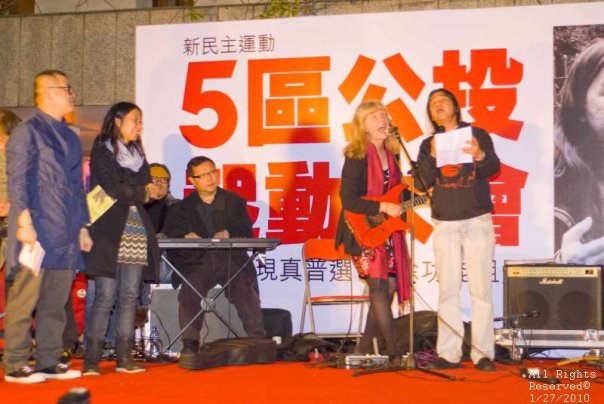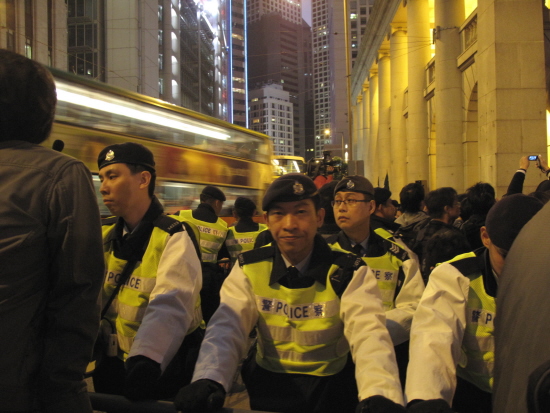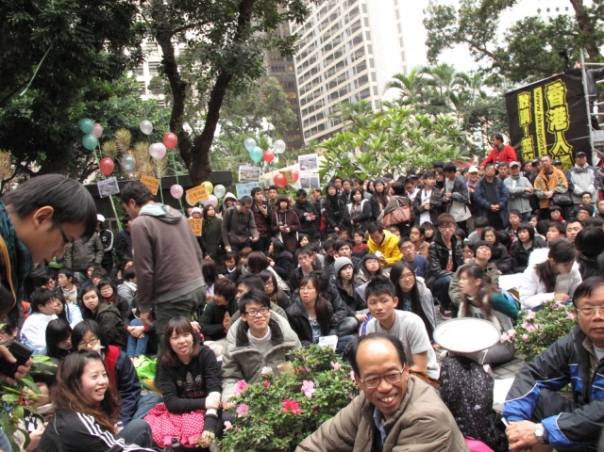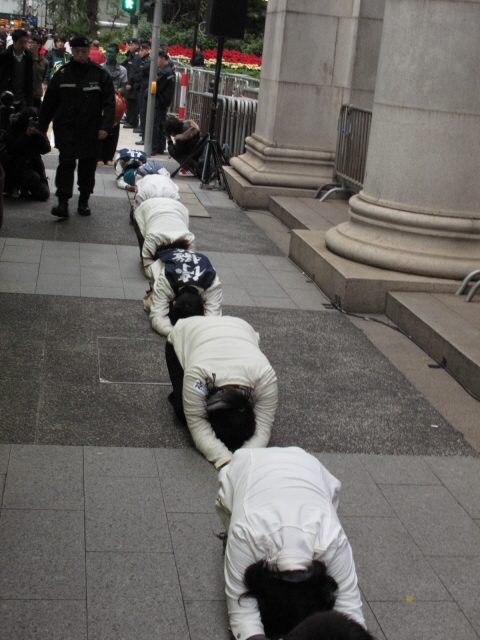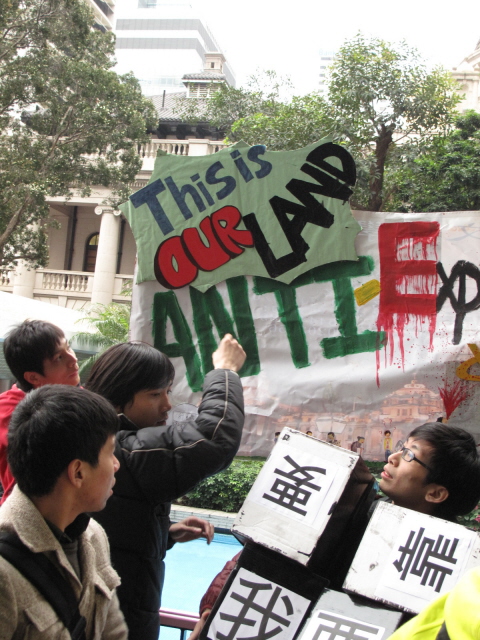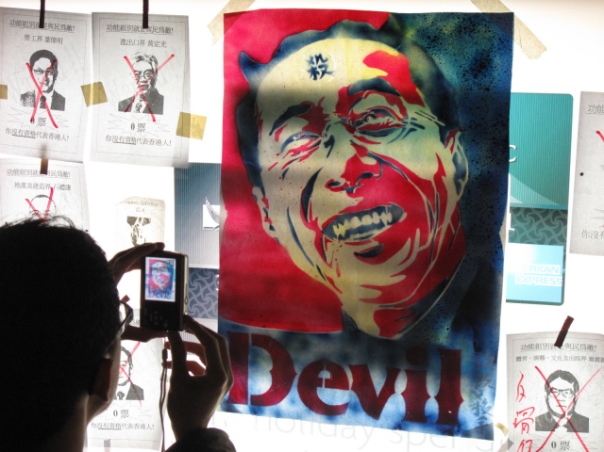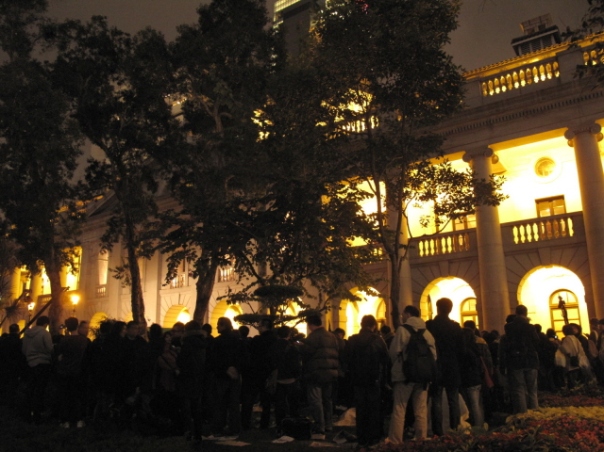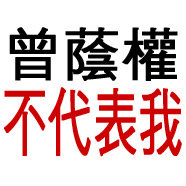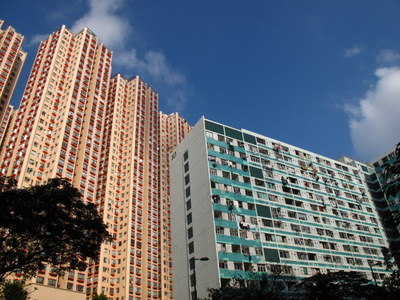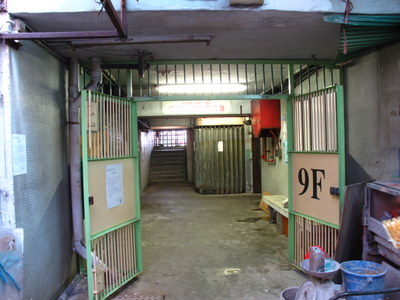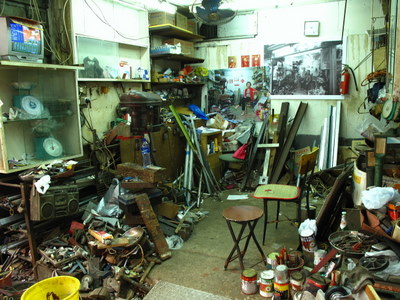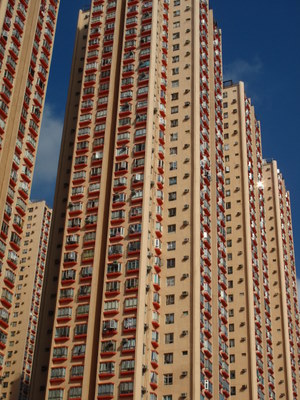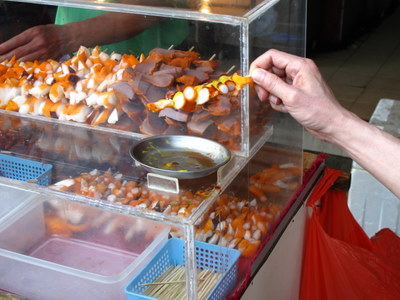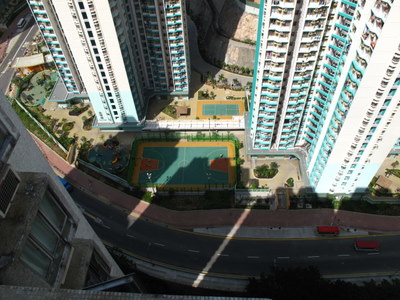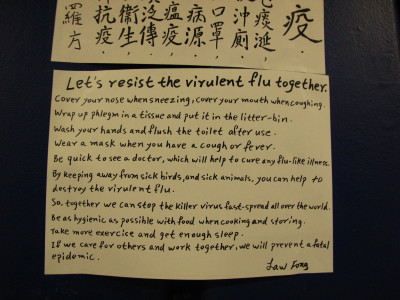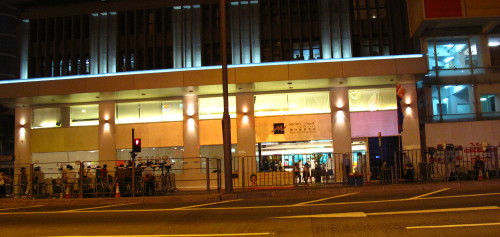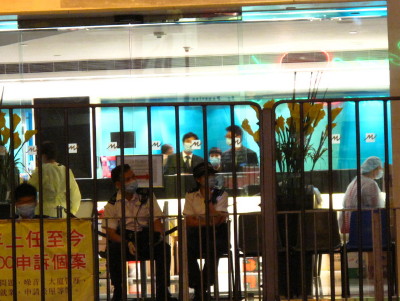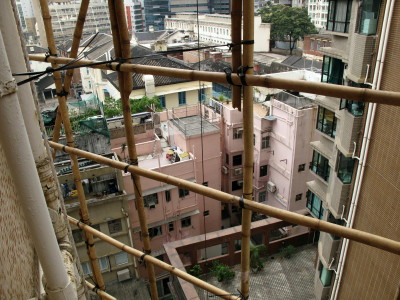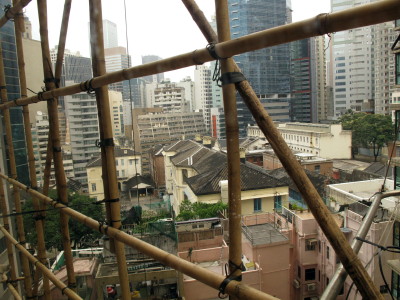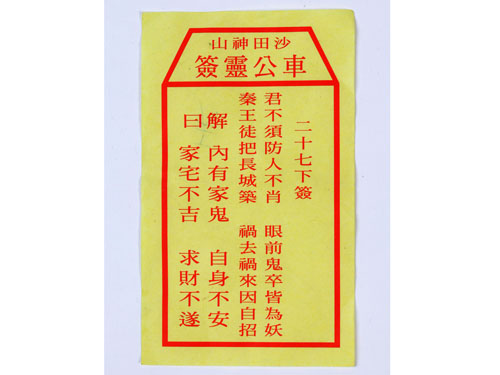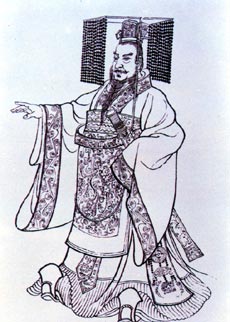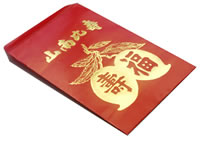Wednesday night, 6:30pm, the phone rings: it’s Long Hair. “Can you play guitar for me at the rally tonight? I want to sing Bob Dylan’s song, “The Times they are a’Changing”.
My first reaction: Uh oh. Leung Kwok Hung loves music, loves Bob Dylan and loves to sing. But keeping him in rhythm and in tune is like trying to steer a sailboat through a typhoon.
“I have the lyrics already!” he urges. “Come down to Chater Garden, bring your guitar, okay?”
How can you say no to a Bob Dylan fan? I pack up my thrift-shop guitar and head down to Chater Garden, where 4,000 supporters are celebrating the kickoff of the “Five District Referendum” campaign. Earlier that day, Long Hair and the four other legislators from the LSD and Civic Party had handed their “I resign” letters to Legco secretary Pauline Ng. Now, to borrow a line from Dylan, “the line it is drawn…the curse it is cast. The order is rapidly changing.”
Okay, my confession: When I first heard Wong Yuk Man and Long Hair floating the idea of a mass resignation of pan-Democrats from the legislature early last year, I thought it was an absolutely terrible idea. My gut reaction was pragmatic, not political: How would they pay for it? Long Hair lives on a shoestring and funnels the bulk of his Legco salary into the pay packets of his political staff, mostly low-income grassroots supporters from his April 5th Action group. If he cut off his Legco salary, how would he support these people whose livelihoods depend on him? More important: without his experienced political workers in place, how would the LSD ever stand a chance against the DAB, with its bottomless gobs of establishment and Beijing money?
Gradually, though, I got won over to what at first seemed a Quixotic plan. Leung’s logic convinced me the pan-Democrats really had no other choice but to force a referendum by resigning. What other options did they have, in the face of the Hong Kong government’s political “reform” proposal, which simply juggles the status quo while keeping the functional constituenies in place? You can’t fight or amend the proposal in a Legco that’s stacked with establishment flunkies. The best you can do in there is veto the bill, which maintains the unacceptable status quo and opens you to public criticism for being a “Party of No”.
Marches used to be an effective negotiation tactic, but, 7 years later, they don’t pack as much punch in Hong Kong. Since the giant, 500,000-strong march of 2003 that pulled down Tung Chee Hwa, the police have instituted some clever tactics designed to make it impossible to get an accurate head count. First, they use gates and human barricades to block, squeeze and fragment the marchers into tight segments, making it uncomfortable to demonstrate (and also impossible to accurately count the marchers). They’ve also learned to play the numbers game, seriously undercounting demonstrators. For years, Hong Kong people have relied on “vote with your feet” democracy as their last resort. But the government has figured out how to stuff that ballot box.
So why not stage a protest in which an exact headcount is not only guaranteed, but actually certified by the government?
The real beauty of the plan, though, only became clear in the last couple of weeks. First, there was the media roll-out of the resignations–which was pretty impressive, considering the, diverse cultures and presentation styles of the two groups involved, the lawyerly Civic Party and the banana provacateurs of the LSD. The odd bedfellows–the press, natch, has created a snappy and short Cantonese acronym for the alliance, the “Gung Se Leung Dong”–wisely chose legislator Audrey Eu as their spokeswoman. (I’m impressed that Wong Yuk Man put his ego on ice so that the charming fashionista barrister can take center stage.) Audrey, who always polls at the top in Hong Kong U’s public surveys of politicians, is at the peak of her game, switching effortlessly at press conferences from beautifully modulated Cantonese to pitch perfect–and often dryly witty and cutting– English.
Then there’s been the reaction from the dark side, which has been fun to watch. One by one, Beijing and establishment stalwarts in Hong Kong have been lining up on cue to condemn the pan-Dems, and predict the worst sort of doom and gloom for Hong Kong society if the referendum/election is allowed to go through. (The SCMP’s Lau Nai-Keung practically implied that the PLA might have to roll in the tanks!) Since it is impossible that such hyperbolic comments would be floated without a suggestion from someone “above”, you have to conclude that the referendum has made certain people very, very upset.
The mainstream, middle class press pundits are criticizing the “Gung Se Leung Dong”‘s Five District Resignation/Referendum plan from a different angle. The “conventional wisdom” argument is that the politics of the referendum is bad, because politicians should never act without being absolutely sure what the outcome and results of their actions will be. Poobahs like the SCMP’s Steven Vines ominously predict that the upcoming by-elections will be a farce. (Vines, last I looked, is a member of the Civic Party. Why are they letting him stray so far from the reservation? Audrey, get out your big stick!)
But conventional wisdom only works in conventional situations. And Hong Kong is a through the-looking-glass kind of place. Here in Hong Kong, where you have an unaccountable government, a cartel of powerful tycoons, plus a Beijing “shadow government” all operating at the same time, how can you play by the political rules of a real democracy? How can you predict the result of any political action in a system that is designed and calibrated to prevent action and spontaneity?
In the last week I’ve watched the pan-Democratic politicians launch their boat into the uncertain harbour, with firmness and faith. I’ve watched the protestors of the post-80’s gen launch their theatrical protests of songs and sit-ins and street fairs. And it’s struck me that both groups are doing the same thing: refusing to honor the old boundaries. (In the case of the “Siege of Legco” protesters, quite literally! And I think it’s telling that the one thing that most upset the government and establishment press is that the protesters dared to push back some of the police barricades.)
Hong Kong isn’t a spontaneous action kind of place. The unpredictablity and creative expression that I take for granted will be part of my daily experience on the streets of my native New York–street fashion, performance, oddball characters, public art and grafitti–is conspicuously absent here. Here, the government “creates” art districts-cum-property developments, and public parks are festooned with billboards that tell you all the things you aren’t allowed to do while you “enjoy” yourself. Public space is scarce, and often hidden deep inside private property to keep people from accessing it.
But the weather’s changing in Hong Kong, and these days people are in the mood for stepping, even dancing on the grass (what little there is of it!) When I arrive at the rally in Chater Garden that night, the rock band on stage is deep into a heavy metal version of Pink Floyd’s “Just Another Brick in the Wall”. Out in the dark, thousands of people are singing along. This is a political rally, but it is also that rare Hong Kong thing: a free, outdoor public concert. An unexpected moment of community.
I jump up on stage, borrow a red electic guitar from the band, and hit the ringing, opening chords of Bob Dylan’s ode to change. “Times They are a’Changing” was written more than 40 years ago, and yet tonight, in Hong Kong, it seems to rise and catch a second wind.
Long Hair sings Bob Dylan’s words loudly, with conviction and passion–and completely out of tune. But that’s okay. Tonight is a night for breaking boundaries in Hong Kong. It’s part of the process,
and maybe, also, part of the point. As for where it leads–well, we’ll see.
